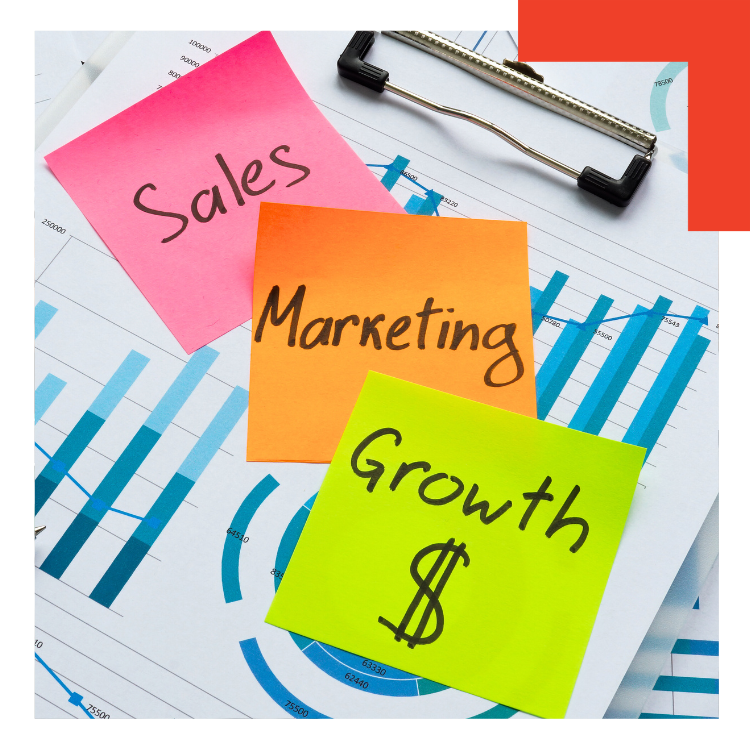
Decoding Demand Generation vs. Lead Generation - Find Your Ideal Strategy
What’s the difference and which is right for you?
You say to-may-toe; I say to-mah-toe. You say demand generation; I say lead generation. But are we really saying the same thing?
Yes, in the first example. No, in the second. Even though they are often used interchangeably in the world of marketing, demand gen and lead gen are decidedly different. They have different tactics, different metrics, and audiences at different stages in their buying cycle.
Therefore, it’s imperative to know and understand the difference before you create your business’s marketing strategy.
The Difference Between Demand Gen and Lead Gen
While both demand generation and lead generation are about connecting with your audience, generating interest, and attracting potential customers, they have distinct differences.
Demand generation is about building awareness, brand recognition, and creating interest in your business or product so prospects seek you out when they’re ready to buy. Demand generation relies on providing ungated content targeted to a broad section of your target audience that are likely still early in the buying/decision process. Basically, it is a way to get your target audience into your sales funnel where they can continue to be marketed to, but they can also create their own journey. People can research information on their own, digest it at their pace, engage with companies as they see fit, without worrying that the phone is going to ring or their email inbox will be inundated with sales messages. Demand generation prioritizes high-intent leads – meaning, you’re watching and waiting to engage them until they’ve met an engagement threshold.

According to WPForms, only 3% of your target audience is actively buying, 56% aren’t ready, and 40% are getting ready to begin.
Lead generation, on the other hand, is about enticing prospects to share their contact information so that you can continue to nurture them directly (via emails, phone calls, LinkedIn messaging, direct mail, etc.) and push them through your sales funnel. This information gathering happens through gated content and form fills and targets members of your audience who have already shown interest in your company or service and are closer to making a purchase decision. In theory, these people are further along their buying journey and are more receptive to sales messages. However, you may also see an influx of leads that aren’t in-market, clogging your funnel and overstretching your sales team. You may want to consider leaning on lead scoring or prioritizing outreach for leads that submit their information on bottom-of-the-funnel marketing tactics.
Demand Generation Tactics
- Website content – By optimizing your content for what people are searching for, they will find you. Do your research and ensure you have the keywords on your site that your audience is Googling.
- Content marketing – This includes blog posts, videos, infographics, case studies, etc. SEO plays a part here, too, because it boosts your search ranking and helps answer your prospects’ questions about your business or service. Make sure to include tags and relevant links in your copy as well to help give credibility to the content and establish your business as a thought leader.
- Social media – Social media posts help you connect with your audience more casually. They allow you to be creative, showcase your brand’s personality, and provide information, all while boosting brand awareness.
- Pay-per-click (PPC) advertising – By choosing the right keywords to bid on, PPC puts you at the top of your audience’s searches. Build your ad copy around keywords your audience tends to search at the beginning of their buying journey.
- Webinars – Another great way to create thought leadership and reach your target audience is by participating in industry-related webinars or hosting your own on a topic your potential customers are seeking answers to. Topic choice is critical here.
- Pitched media/guest articles – Landing an article in an industry publication, a partner’s website, or another media source provides a greater opportunity for brand recognition as it expands your reach. To work best, backlinks to your site must be included in the published article (try to link to multiple thought leadership pieces if applicable).
- Retargeting/remarketing ads – Remarketing and retargeting ads help you stay top of mind to the people who have already been on your site by using their IP addresses to advertise to. It’s a great way to stay relevant or remind potential customers of your services/solutions.
Lead Generation Tactics
- Content marketing – Yes, while we said the same thing for demand gen, the content is different. For lead gen, high-value, gated content entices people to fill out a form. It must speak to specific pain points, answer hard questions, or give tactical advice.
93% of B2B companies report content marketing generates more leads than traditional marketing strategies. (Marketo)

- Landing pages: By creating dedicated landing pages with clear call-to-actions and specific information about your products and services (these can be free trials, demos, long-form content, or how-to videos), you can target the right audience either through organic SEO, PPC, or other digital ad methods. Ensure the landing page has a form to fill out that captures contact information to convert visitors into leads.
- Email sequences/workflows: Companies that enroll contacts into an email sequence based on a trigger (like clicking a CTA, downloading a piece of content, filling out a form, reaching a certain lead score, etc.) to nurture leads have get 4-10 times the response rate compared to traditional email blasts and the CTR is also more than double!
- Social media outreach: Beyond posting on social media, a lead generation tactic would be more personal. Conducting outreach to specific individuals or posting/starting conversations in industry-related groups will drive traffic to your website and provide personal connections for your sales team.
- Social media advertising: Ads allow you to target specific demographics and audiences, making it a more targeted approach than just organic or even boosted social posts. The ads often go to landing pages with forms to capture that information or you can use LinkedIn lead generation forms.
- Retargeting/remarketing ads – Just as we suggested for demand gen, but be sure to provide an irresistible incentive to get them to click and provide their contact information.
- Third party partnerships – Media outlets (like CCJ) and independent sites (like Software Advice) often offer lead generating programs to clients. In this approach, the client sponsors or syndicates their content and leverages the outlet’s or site’s audience and credibility to drive qualified leads for the client’s business.
Lead Gen or Demand Gen: How Do You Choose?
There are a few things to consider when choosing between a demand or lead generation approach. In general, you may choose demand generation if:
- Your primary goal is brand awareness
- Your sales cycle is long and requires a great deal of nurturing and trust building
- Your sales process is complex and requires significant education to help potential customers understand the value and benefits of your offering
- You’re entering into new markets or targeting new customer segments, and you need to create awareness and generate interest among those who may not be actively looking for a solution yet
On the other hand, you may lean towards a lead generation strategy if:
- Your primary goal is to generate leads quickly and drive immediate sales
- Your sales cycle is relatively short and straightforward, and your leads can be easily screened to either pass to sales or disqualify
- Your product or service solves an urgent problem or fulfills an immediate need
Ultimately, the choice between demand generation and lead generation depends on your specific business objectives, target audience, sales cycle, and available resources. In many cases, a combination of both strategies can be beneficial. A good demand gen campaign will create the initial interest in brand awareness and funnel people into your lead generation content, providing them the information they need to make a buying decision and hopefully convert to a customer.
Let's Talk.
Need help creating a marketing strategy or developing your demand generation and/or lead generation campaign tactics or content? We’re here to help.



